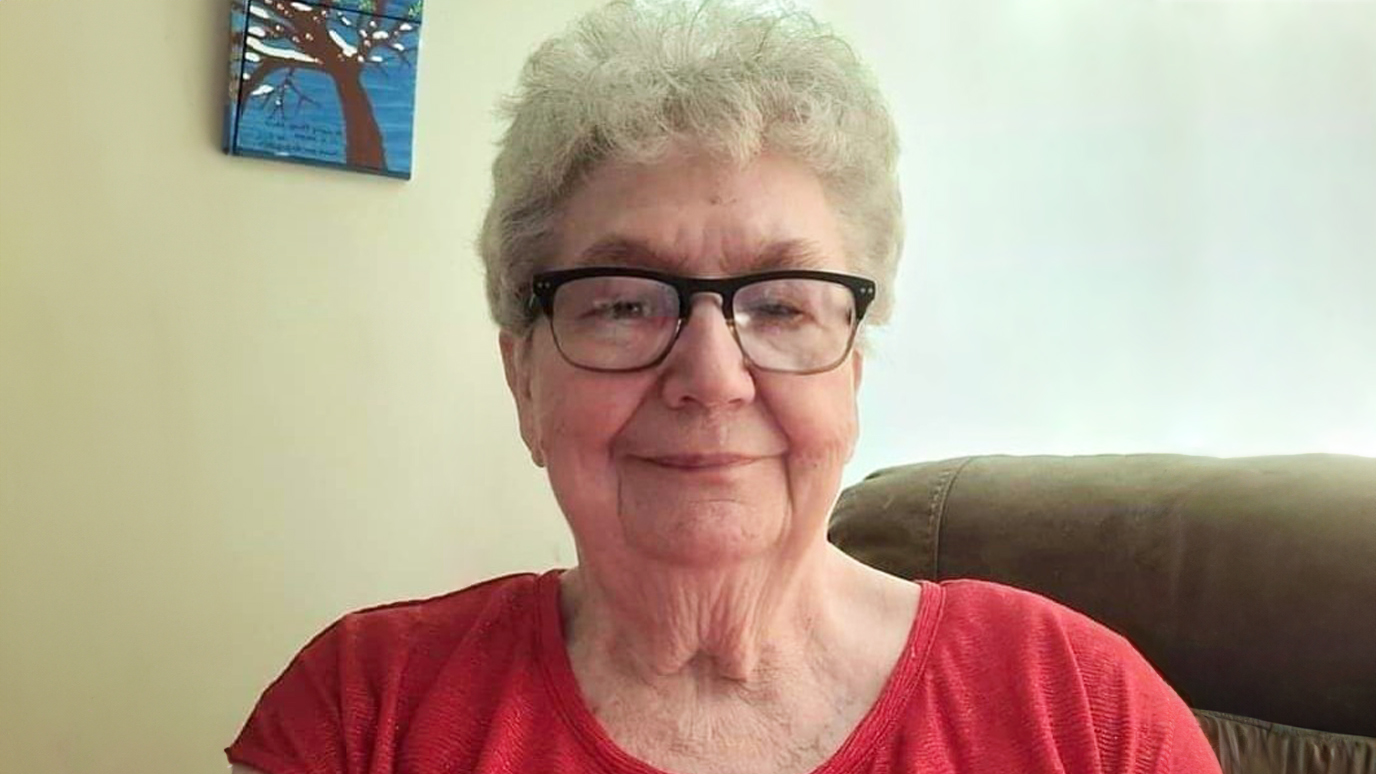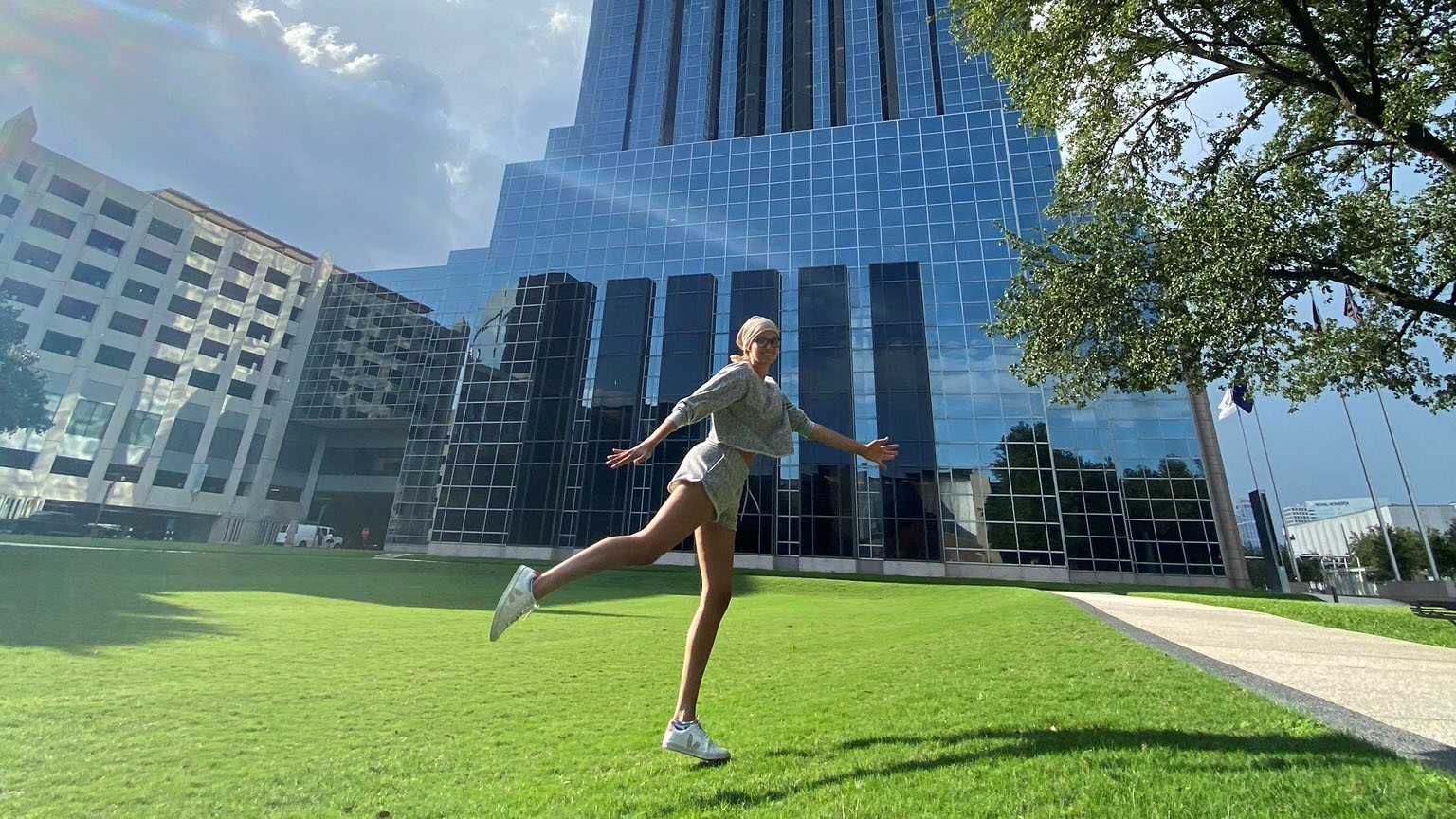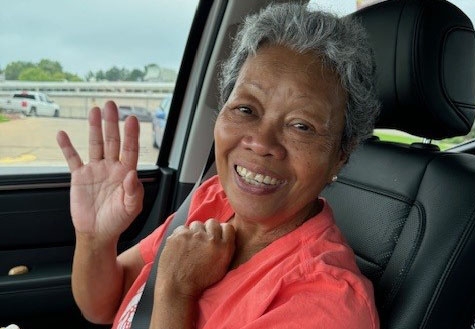- Diseases
- Acoustic Neuroma (14)
- Adrenal Gland Tumor (24)
- Anal Cancer (68)
- Anemia (2)
- Appendix Cancer (16)
- Bile Duct Cancer (26)
- Bladder Cancer (72)
- Brain Metastases (28)
- Brain Tumor (232)
- Breast Cancer (714)
- Breast Implant-Associated Anaplastic Large Cell Lymphoma (2)
- Cancer of Unknown Primary (4)
- Carcinoid Tumor (8)
- Cervical Cancer (158)
- Colon Cancer (166)
- Colorectal Cancer (116)
- Endocrine Tumor (4)
- Esophageal Cancer (44)
- Eye Cancer (36)
- Fallopian Tube Cancer (8)
- Germ Cell Tumor (4)
- Gestational Trophoblastic Disease (2)
- Head and Neck Cancer (12)
- Kidney Cancer (128)
- Leukemia (342)
- Liver Cancer (50)
- Lung Cancer (286)
- Lymphoma (278)
- Mesothelioma (14)
- Metastasis (30)
- Multiple Myeloma (100)
- Myelodysplastic Syndrome (60)
- Myeloproliferative Neoplasm (4)
- Neuroendocrine Tumors (16)
- Oral Cancer (100)
- Ovarian Cancer (172)
- Pancreatic Cancer (160)
- Parathyroid Disease (2)
- Penile Cancer (14)
- Pituitary Tumor (6)
- Prostate Cancer (146)
- Rectal Cancer (58)
- Renal Medullary Carcinoma (6)
- Salivary Gland Cancer (14)
- Sarcoma (238)
- Skin Cancer (296)
- Skull Base Tumors (56)
- Spinal Tumor (12)
- Stomach Cancer (64)
- Testicular Cancer (28)
- Throat Cancer (92)
- Thymoma (6)
- Thyroid Cancer (96)
- Tonsil Cancer (30)
- Uterine Cancer (80)
- Vaginal Cancer (16)
- Vulvar Cancer (20)
- Cancer Topic
- Adolescent and Young Adult Cancer Issues (20)
- Advance Care Planning (10)
- Biostatistics (2)
- Blood Donation (18)
- Bone Health (8)
- COVID-19 (362)
- Cancer Recurrence (120)
- Childhood Cancer Issues (120)
- Clinical Trials (630)
- Complementary Integrative Medicine (22)
- Cytogenetics (2)
- DNA Methylation (4)
- Diagnosis (232)
- Epigenetics (6)
- Fertility (62)
- Follow-up Guidelines (2)
- Health Disparities (14)
- Hereditary Cancer Syndromes (126)
- Immunology (18)
- Li-Fraumeni Syndrome (8)
- Mental Health (116)
- Molecular Diagnostics (8)
- Pain Management (62)
- Palliative Care (8)
- Pathology (10)
- Physical Therapy (18)
- Pregnancy (18)
- Prevention (914)
- Research (392)
- Second Opinion (74)
- Sexuality (16)
- Side Effects (604)
- Sleep Disorders (10)
- Stem Cell Transplantation Cellular Therapy (216)
- Support (402)
- Survivorship (320)
- Symptoms (182)
- Treatment (1786)
Young adult cancer survivor’s treatment sparks passion for photography
6 minute read | Published February 16, 2024
Medically Reviewed | Last reviewed by an MD Anderson Cancer Center medical professional on February 16, 2024
In February 2013, Kenyan Guidry went to the emergency room for what he thought were symptoms related to a recent car accident.
“I was extremely fatigued at work, so I called my mom to pick me up, and she took me to the emergency room,” recalls Kenyan, who was 20 at the time.
His lab work showed he had a low blood count, so he had some scans. That’s when doctors found a mass in his stomach. Kenyan was admitted to a local hospital in Beaumont, Texas, where doctors performed a biopsy.
“They thought it was either testicular cancer or a gastrointestinal stromal tumor (GIST),” says Kenyan. “The doctors out here weren’t too familiar with GIST, and they weren’t sure if that’s what I had. So, they referred me to MD Anderson.”
Kenyan’s cancer diagnosis
Kenyan came to MD Anderson in March 2013. He had a biopsy, which confirmed that he had GIST, a type of sarcoma that develops in the digestive system. His was a very rare GIST that shared the features of a pediatric GIST. The cancer was all through his abdomen and around his liver and chest. Doctors believed the primary tumor ruptured within his abdominal cavity.
Doctors said Kenyan may have had cancer for 3 or 4 years. For years, he had experienced stomach pains so bad that sometimes he was forced to hunch over when he walked. At times, he passed out. His local doctor believed they were muscle cramps and always told him to take ibuprofen.
“It got to the point where my body was just adapting to the symptoms,” says Kenyan. “In a way, the car accident saved my life because if it wasn't for that, I probably would have just kept taking ibuprofen thinking everything was good, not knowing there was a mass growing inside of me.”
Once he learned he had cancer, Kenyan’s biggest concern was possibly not being able to see his nephew grow up.
“Whenever I hear the word ‘cancer,’ I automatically think the worst,” he says. “But after I got over that initial thought, I was ready. I was motivated to do whatever I had to do to get through this.”
Finding the right gastrointestinal stromal tumor treatment at MD Anderson
At MD Anderson, Kenyan met sarcoma medical oncologist Neeta Somaiah, M.D. She and the rest of Kenyan’s care team decided to start him on the targeted therapy drug imatinib to see if his tumor had the mutations that would respond well to this treatment.
The imatinib had limited benefits and the GIST did not have the usual mutations, so Kenyan’s doctors explored other treatment options.
He began taking the targeted therapy drug sunitinib, but it was rough on his body. He visited the emergency room several times, his blood counts dropped and his scalp became so sensitive that he had to cut off all of his hair. Then he took the targeted therapy drug regorafenib for more than a year.
Kenyan underwent embolization of tumors in his liver twice. He began taking the chemotherapy drug dacarbazine. That was also rough on his body, so doctors lowered his dosage.
He also enrolled in clinical trials, including one coordinated by Viju Bhadkamkar, now retired. Kenyan and his family became very close to Bhadkamkar and considered her a part of their family.
In December 2016, Kenyan enrolled in an immunotherapy clinical trial led by Somaiah. He stayed on this treatment for a year and continued to have no tumor growth two years after treatment. He also didn’t experience any additional side effects.
“Dr. Somaiah was always researching different clinical trials, and if there was space, I would enroll to see if the treatment was any better than what I was currently taking,” says Kenyan. “She was always looking for the latest and greatest treatments for GIST.”
In 2019, Kenyan began taking the targeted therapy drug ripretinib, initially on a clinical trial, but it has since been moved to commercial supply. It’s used to treat adults with advanced GIST who have received three or more prior treatments for GIST.
“I take three pills in the morning and three pills in the evening,” he says. “So far, it’s been giving me the best results. My tumor has either been stable or showing signs of shrinkage with very few side effects. Right now, the plan is for me to stay on that.”
Treatment side effect leads to interest in photography
Kenyan has always been a creative person. He was even going to school for graphic design at the time of his diagnosis.
But during cancer treatment, he experienced brain fog, making it difficult to focus on his artwork. That’s when he discovered a new creative outlet.
“I would go outdoors as a mental escape from everything,” he says. “I took pictures of things I saw with my phone because I didn’t have a camera.”
Kenyan started visiting a botanical garden near his home and 900 acres of wetlands known as Cattail Marsh. He’d snap pictures of wildlife and began tagging the city’s social media accounts in hopes of getting a shoutout.
Eventually, his efforts paid off. He was invited to meet with two people about tourism in Beaumont.
“They asked me how I got into photography,” says Kenyan. “I told them my backstory about cancer and how it led to me taking pictures. They seemed to gravitate toward my story.”
They ended up featuring Kenyan in a 6-page spread for a local photography magazine. And they gave him an assignment: get a camera and take specific shots around town.
“I didn’t know how to use a camera at the time,” says Kenyan, who was given a camera by his brother. “I stayed up multiple nights reading the manual, teaching myself how to use it.”
Kenyan went on various assignments, including taking pictures of the mayor getting sworn in at city hall.
In 2017, he was offered a job as an event photographer for the city. Shortly after that, the city built a nature educational center at Cattail Marsh. Kenyan has served as its nature tourism coordinator since 2017.
He has won several awards for local and national photography contests.
“Photography has been my savior through all of this,” he says. “It’s just another art form for me.”
Living life and making connections along the way
Kenyan’s journey has allowed him to make connections with many people – whether it’s meeting people from other countries while giving tours at Cattail Marsh or befriending other GIST patients at cancer summits. Kenyan and MD Anderson nurse Rey Francisco bonded over their love for photography.
Kenyan is now a patient leader for an online community where people of any age can speak about their chronic illnesses.
“Through this community, I’ve been introduced to people from all over the world who share their stories,” Kenyan says.
Now 31, he comes to MD Anderson every three months for scans and continues to take ripretinib to manage GIST. He has some bad days, but he says the good days outweigh the bad. His support system, which includes his family, friends and church, serves as a pillar of strength.
“I have a lot of people who look up to me for motivation, so I try to live life to the fullest every day and appreciate the little things in life,” he says.
Reflecting on his journey, Kenyan shares this advice for other young cancer patients: be your own advocate, find your support system and don’t be afraid to ask for help.
Request an appointment at MD Anderson online or call 1-877-755-1354.
Related Cancerwise Stories

Dr. Somaiah was always looking for the latest and greatest treatments for GIST.
Kenyan Guidry
Survivor






